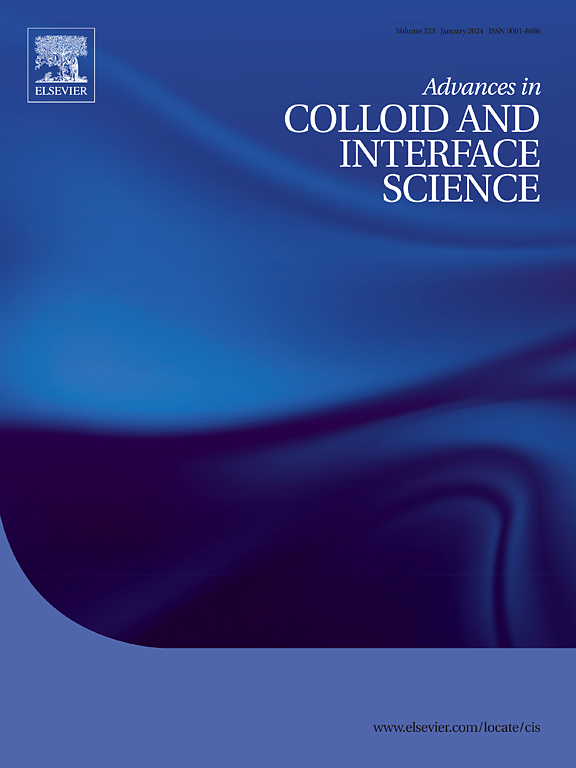Hydrogel-based 3D printing technology: From interfacial engineering to precision medicine
IF 19.3
1区 化学
Q1 CHEMISTRY, PHYSICAL
引用次数: 0
Abstract
Advances in 3D printing technology and the development of hydrogel-based inks have significantly enhanced the potential of precision medicine, promoting progress in medical diagnosis and treatment. The development of 3D printing enables the fabrication of complex gradient structures that emulate natural tissue environments, while advancements in interface engineering facilitate the precise control of interface properties, thereby enhancing the performance of hydrogels in biomedical applications. This review focuses on the latest advancements in three critical 3D printing application areas: efficient real-time detection, drug delivery systems, and regenerative medicine. The application of 3D printing technology enhances nucleic acid-based molecular diagnostic platforms and wearable biosensors for real-time monitoring of physiological parameters, thereby providing robust support for early disease diagnosis. Additionally, it facilitates the development of targeted and controlled drug delivery systems, which offer promising methods for efficient drug utilization, and enables the construction of complex tissue and organ structures with bioactivity and functionality, providing new solutions for regenerative medicine. Collectively, these advancements propel the ongoing progress and development of precision medicine. Furthermore, the challenges associated with 3D printing technology in these three major applications are discussed along with an outlook on prospects.

基于水凝胶的3D打印技术:从界面工程到精准医疗
3D打印技术的进步和水凝胶油墨的发展显著增强了精准医疗的潜力,推动了医疗诊断和治疗的进步。3D打印的发展使模拟自然组织环境的复杂梯度结构的制造成为可能,而界面工程的进步促进了界面特性的精确控制,从而提高了水凝胶在生物医学应用中的性能。本文重点介绍了3D打印在三个关键应用领域的最新进展:高效实时检测、药物输送系统和再生医学。3D打印技术的应用增强了基于核酸的分子诊断平台和可穿戴生物传感器对生理参数的实时监测,为疾病早期诊断提供有力支持。此外,它促进了靶向和受控药物递送系统的发展,为有效利用药物提供了有前途的方法,并使具有生物活性和功能的复杂组织和器官结构的构建成为可能,为再生医学提供了新的解决方案。总的来说,这些进步推动了精准医学的持续进步和发展。此外,本文还讨论了3D打印技术在这三大应用中所面临的挑战,并对其前景进行了展望。
本文章由计算机程序翻译,如有差异,请以英文原文为准。
求助全文
约1分钟内获得全文
求助全文
来源期刊
CiteScore
28.50
自引率
2.60%
发文量
175
审稿时长
31 days
期刊介绍:
"Advances in Colloid and Interface Science" is an international journal that focuses on experimental and theoretical developments in interfacial and colloidal phenomena. The journal covers a wide range of disciplines including biology, chemistry, physics, and technology.
The journal accepts review articles on any topic within the scope of colloid and interface science. These articles should provide an in-depth analysis of the subject matter, offering a critical review of the current state of the field. The author's informed opinion on the topic should also be included. The manuscript should compare and contrast ideas found in the reviewed literature and address the limitations of these ideas.
Typically, the articles published in this journal are written by recognized experts in the field.

 求助内容:
求助内容: 应助结果提醒方式:
应助结果提醒方式:


